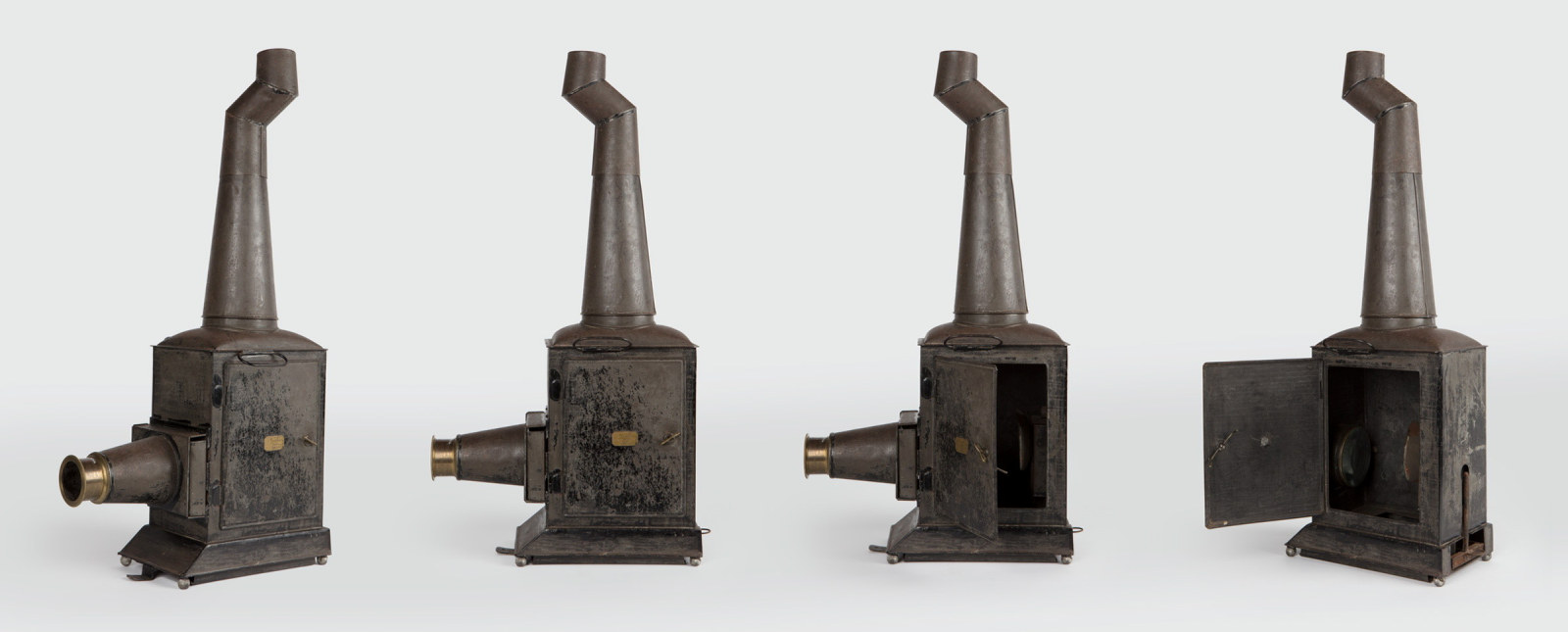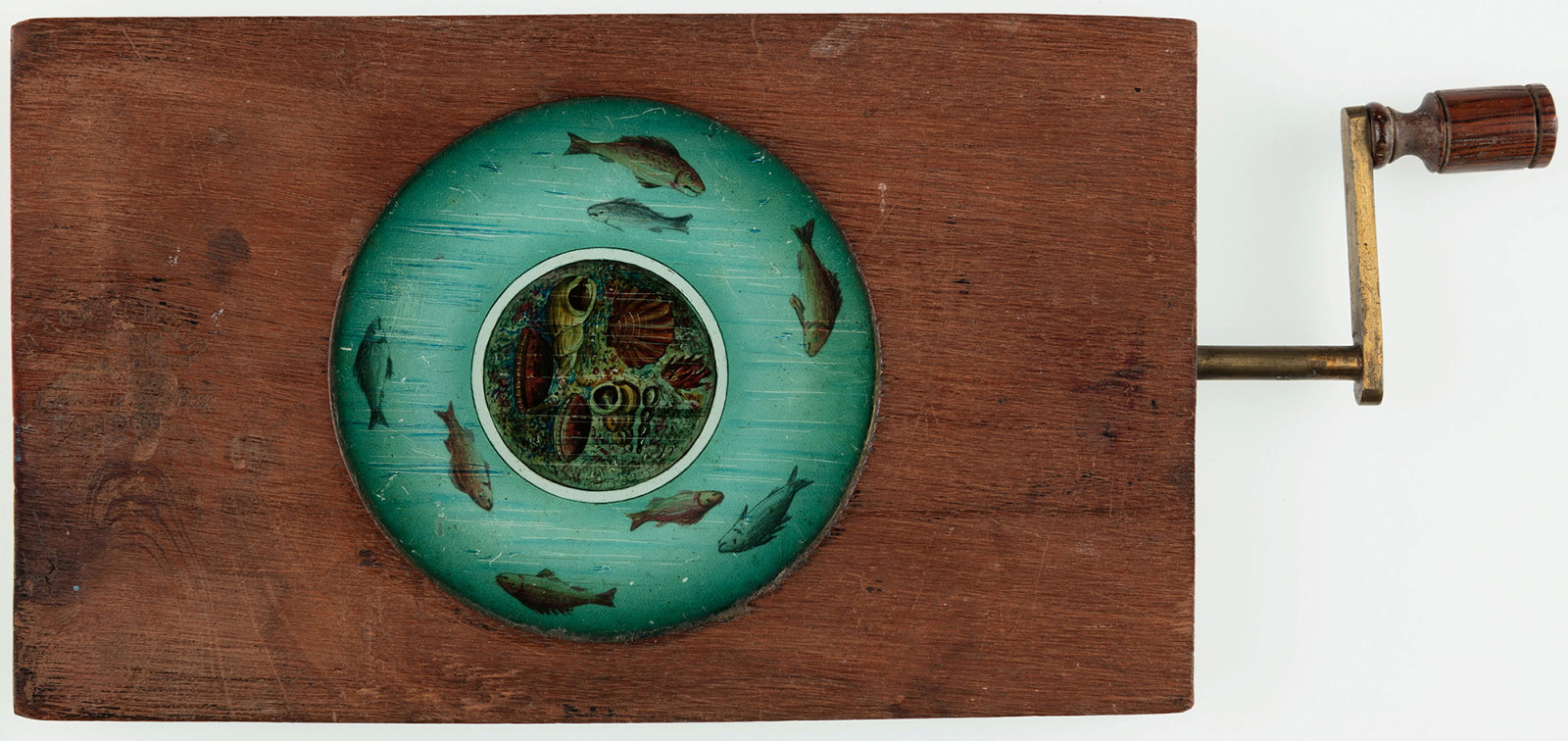John Gilpin’s Ride
John Gilpin was a household name in colonial Australia, just as it was in 19th century England.
The fictional story of John Gilpin and his misadventures on a runaway horse was originally written as a comic ballad by English poet William Cowper in 1782 and first published as The entertaining and facetious history of John Gilpin; shewing how he went farther than he intended, and came home safe at last.
The title character is a Cheapside (London) linen-draper whose wife, fed up at not having a holiday during twenty tedious years of marriage, organises a day out at ‘The Bell’ in Edmonton, north of London, for their anniversary. She hires a chaise but there is only room for her, her sister and their children plus a packed picnic.
Her husband must follow on a borrowed horse, carrying two flasks of wine. Gilpin’s horse bolts and he loses hat, wig, cloak and wine, and the horse won’t stop at Edmonton but continues on another thirteen miles to Ware.
At Ware a friend lends him a wig and hat but as Gilpin sets off again to join his wife his horse is spooked by a donkey braying and he loses wig and hat again.
A postboy tries to stop the runaway horse and other gentlemen join in the pursuit thinking he is a highwayman. The horse does not stop until he has set his rider down back at his Cheapside store.
The John Gilpin slides at Rouse Hill Estate, produced by Newton & Co, probably sometime around 1860, tell the story in eight scenes, mounted in timber frames in two sequences each of four views.
The Diverting History of John Gilpin
Cowper’s story of John Gilpin was an instant hit when first published, its popularity enduring well into the 19th century, often recited at school events and read at social functions organised by literary institutes and parish groups. It was published in several editions, set to music in the 1830s, and produced in lantern slide format by a number of different lantern manufacturers and suppliers of lanterns slides.
One of the illustrated editions of the ballad published in the 19th century included a children’s version titled The history of John Gilpin produced by George Routledge & Co around 1856 as part of a series called ‘Aunt Mavor’s Toy Books’. This version had 8 coloured plates and it is these plates that may have provided a source for the scenes illustrated in Newton & Co’s first John Gilpin slide set.
In 1878 George Routledge & Sons published a new edition of The Diverting History of John Gilpin: showing how he went farther than he intended and came home safe again, with illustrations by celebrated English artist Randolph Caldecott. Newton & Co obtained the sole right of making lantern slides from Caldecott’s nursery pictures books, producing an 18-slide set for John Gilpin.
For further details see our library catalogue.
Watch the animation
About the authors
Megan Martin
Former Head, Collections & Access
Megan is the former head of Collections & Access at Sydney Living Museums. She has a particular interest in the working of the historical imagination, in teasing out the meanings of objects in museums collections and in crafting the stories that can be recovered/discovered through a close reading of those items of material culture.
Holly Schulte
Former Curator Digital Assets
Holly explored the extraordinary potential of digital imaging technology alongside the enduring appeal of analogue photographic collections. She was responsible for a range of collection related tasks with a focus on photography, digitisation and digital asset management. Her research interests address photography, collections, image making and associated technology.

Magic lantern at Rouse Hill Estate
The Rouse Hill House magic lantern is a mid-19th century example of a form of image projector which dates back to the 17th century
Published on
Related
Browse all
Magic lantern at Rouse Hill Estate
The Rouse Hill House magic lantern is a mid-19th century example of a form of image projector which dates back to the 17th century

Projected across time
In the late 1960s, John Terry, then a young man living at Rouse Hill House, composed avant-garde music which he set to abstract projected images, and performed at various locations in Sydney

Animated comic sliders for magic lantern
The magic lantern was a popular entertainment technology in the 19th century used to project stories and comic scenes.
![Pussy's Road to Ruin [Slide 3 of 3], mid 19th century](https://images.mhnsw.au/fotoweb/embed/2024/01/b97d138d236e4122810eab072eecca15.jpg)
Pussy’s road to ruin
‘Pussy’s Road to Ruin’ is not a comic story but a cautionary moral tale for children